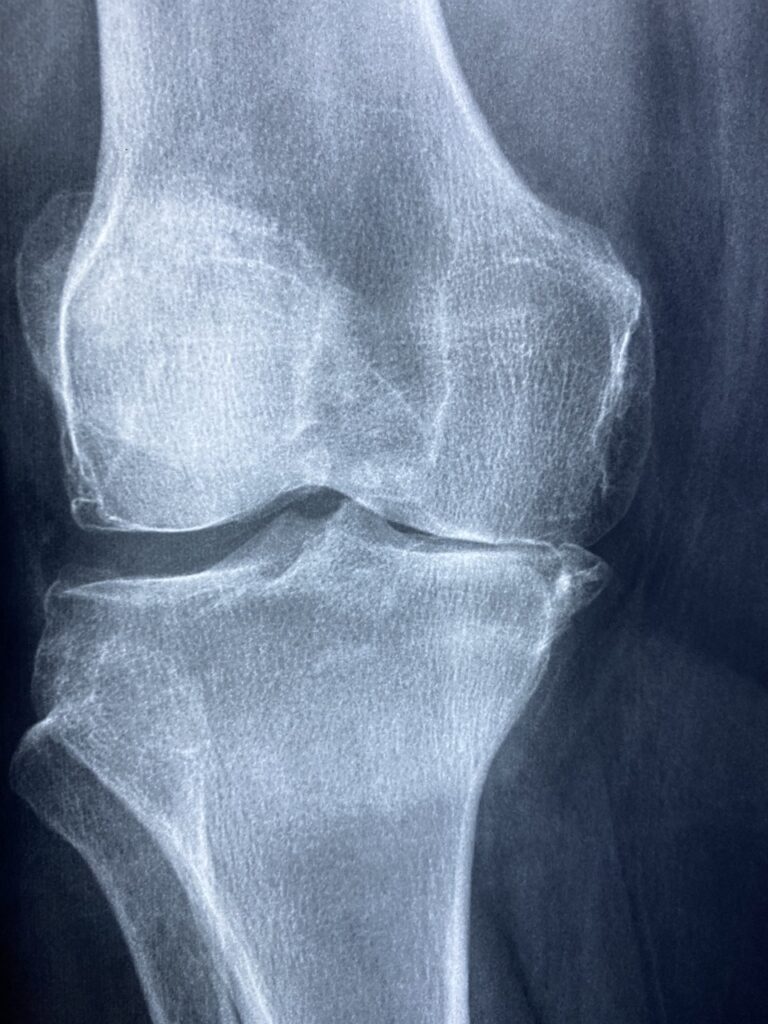Understanding Brittle Bone Disease: A Comprehensive Guide
What is Brittle Bone Disease? Brittle bone disease, medically known as osteogenesis imperfecta (OI), is a rare genetic disorder characterized by fragile bones that are prone to fractures, even with minimal trauma or pressure. This condition affects the body’s ability to produce collagen, a protein that provides structure and strength to bones, resulting in bones that are weak and easily fractured.
Types of Brittle Bone Disease There are several types of brittle bone disease, ranging from mild to severe:
- Type I: Mild form with frequent fractures, but normal or near-normal height and intelligence.
- Type II: Most severe form, often fatal in infancy due to multiple fractures and severe bone deformities.
- Type III: Severe form with frequent fractures, short stature, and bone deformities, but survival into adulthood is possible.
- Type IV: Moderate to severe form with variable severity of symptoms and risk of fractures.
Symptoms of Brittle Bone Disease Symptoms of brittle bone disease may include:
- Frequent bone fractures, even with minor trauma or pressure.
- Short stature.
- Bone deformities, such as bowing of the legs or curvature of the spine.
- Loose joints and hypermobility.
- Dental problems, such as brittle teeth and tooth decay.
- Blue or gray tint to the whites of the eyes (blue sclerae) in some cases.
Causes of Brittle Bone Disease Brittle bone disease is caused by genetic mutations that affect the production of collagen, the main protein in bone tissue. These mutations can occur spontaneously or be inherited from one or both parents. The severity of the condition depends on the specific genetic mutation and its impact on collagen production.
Risk Factors for Brittle Bone Disease Risk factors for brittle bone disease may include:
- Family history of the condition.
- Inherited genetic mutations affecting collagen production.
- Advanced parental age at the time of conception (for spontaneous mutations).
Diagnosis of Brittle Bone Disease Diagnosing brittle bone disease typically involves:
- Physical examination: Assessing for signs of bone fragility, deformities, and other symptoms.
- Imaging tests: X-rays, bone density scans (DEXA), or ultrasound to evaluate bone density, structure, and presence of fractures.
- Genetic testing: Identifying specific genetic mutations associated with brittle bone disease.
Pharmacokinetics and Pharmacodynamics Pharmacokinetics refers to how drugs are absorbed, distributed, metabolized, and excreted by the body, while pharmacodynamics refers to how drugs exert their effects on bone metabolism. Pharmacological treatment for brittle bone disease focuses on managing symptoms, preventing fractures, and promoting bone health.
Pharmacological Treatment Pharmacological treatment options for brittle bone disease may include:
- Bisphosphonates: Medications that help strengthen bones and reduce the risk of fractures by inhibiting bone breakdown.
- Growth hormone therapy: Stimulating bone growth and increasing bone density in children with severe forms of brittle bone disease.
- Pain management medications: Providing relief from pain associated with fractures and bone deformities.
Non-Pharmacological Treatment Non-pharmacological treatment options for brittle bone disease may include:
- Physical therapy: Improving muscle strength, joint stability, and mobility to reduce the risk of falls and fractures.
- Assistive devices: Using braces, splints, or mobility aids to support weak or fragile bones and prevent injuries.
- Lifestyle modifications: Adopting a healthy diet rich in calcium and vitamin D, avoiding activities with a high risk of injury, and taking precautions to prevent falls.
Conclusion Brittle bone disease, or osteogenesis imperfecta, is a rare genetic disorder characterized by fragile bones that are prone to fractures. While there is currently no cure for brittle bone disease, treatment aims to manage symptoms, prevent fractures, and promote bone health to improve quality of life for affected individuals. By understanding the causes, symptoms, diagnosis, treatment options, and preventive measures for brittle bone disease, individuals and families can better cope with the challenges associated with this condition. If you or someone you know has brittle bone disease, it is essential to work closely with healthcare providers to develop a comprehensive management plan tailored to individual needs and goals.




